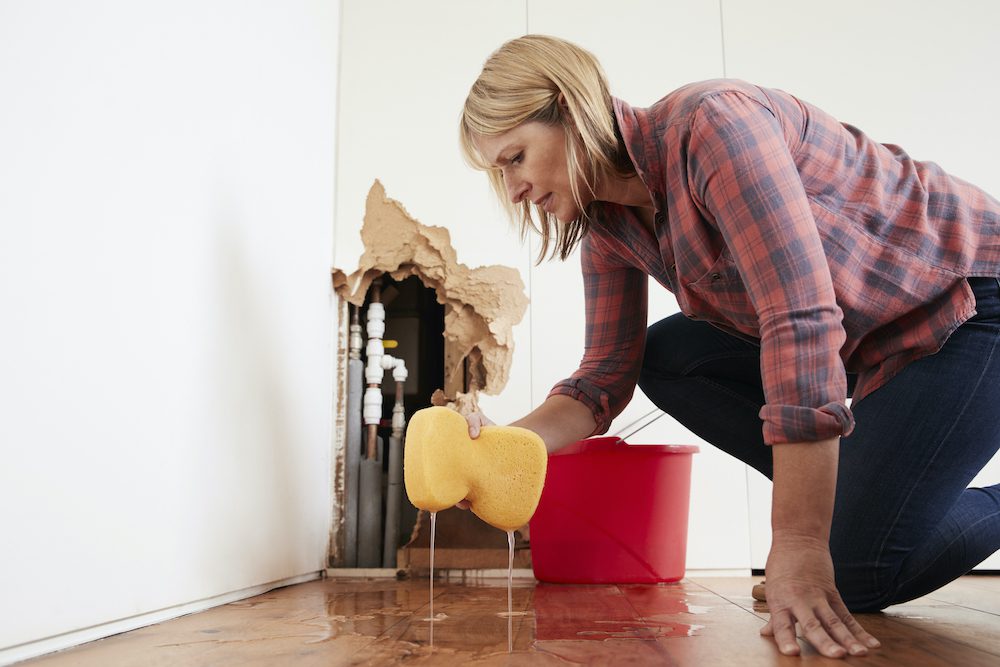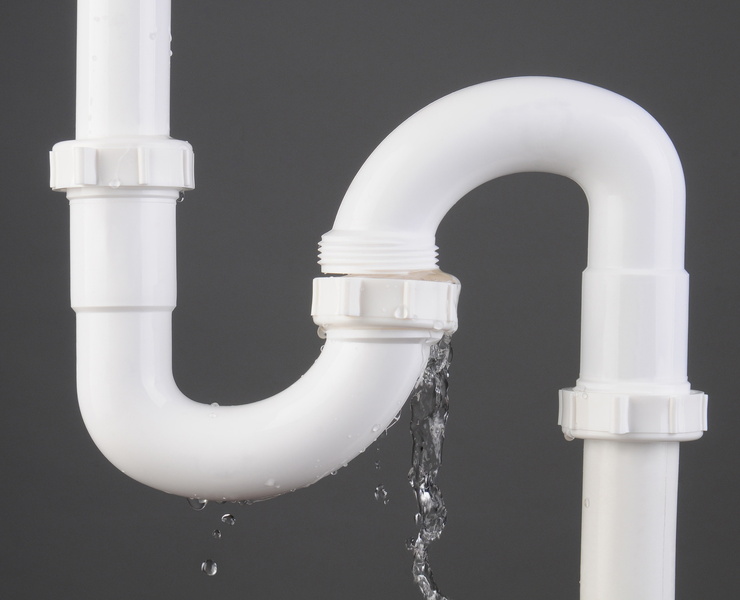Unearthing Concealed Water Line Leaks: Six Proven Techniques
Unearthing Concealed Water Line Leaks: Six Proven Techniques
Blog Article
Here down the page you might get more brilliant news in regards to Detecting hidden plumbing leaks.

Early detection of leaking water lines can mitigate a possible calamity. Some small water leaks may not be visible.
1. Analyze the Water Meter
Every house has a water meter. Examining it is a proven manner in which assists you uncover leaks. For starters, shut off all the water resources. Make sure no person will flush, use the faucet, shower, run the washing device or dish washer. From there, go to the meter as well as watch if it will certainly change. Given that no person is utilizing it, there need to be no movements. That shows a fast-moving leak if it relocates. Furthermore, if you detect no changes, wait an hour or two as well as inspect back again. This indicates you might have a sluggish leakage that can even be below ground.
2. Inspect Water Consumption
Examine your water expenses and track your water usage. As the one paying it, you need to notice if there are any type of discrepancies. If you spot sudden changes, in spite of your consumption coinciding, it means that you have leakages in your plumbing system. Keep in mind, your water bill must drop under the very same variety monthly. An abrupt spike in your costs indicates a fast-moving leak.
At the same time, a constant increase monthly, despite having the exact same practices, shows you have a slow leak that's likewise slowly rising. Call a plumber to completely inspect your building, specifically if you feel a warm location on your flooring with piping beneath.
3. Do a Food Coloring Test
When it comes to water intake, 30% comes from commodes. If the shade in some way infiltrates your dish during that time without flushing, there's a leak in between the tank as well as bowl.
4. Asses Outside Lines
Don't neglect to inspect your outdoor water lines also. Must water seep out of the link, you have a loose rubber gasket. One little leak can waste tons of water and also spike your water costs.
5. Examine and also Evaluate the Scenario
Property owners should make it a routine to inspect under the sink counters as well as also inside cupboards for any kind of bad odor or mold and mildew development. These two red flags suggest a leak so timely attention is called for. Doing routine inspections, even bi-annually, can conserve you from a significant problem.
Check for discolorations and also compromising as the majority of devices and pipes have a life expectancy. If you presume leaking water lines in your plumbing system, don't wait for it to intensify.
Early discovery of dripping water lines can reduce a prospective catastrophe. Some little water leakages might not be noticeable. Examining it is a proven way that assists you uncover leakages. One little leakage can lose tons of water and also increase your water expense.
If you presume dripping water lines in your plumbing system, don't wait for it to escalate.
WARNING SIGNS OF WATER LEAKAGE BEHIND THE WALL
PERSISTENT MUSTY ODORS
As water slowly drips from a leaky pipe inside the wall, flooring and sheetrock stay damp and develop an odor similar to wet cardboard. It generates a musty smell that can help you find hidden leaks.
MOLD IN UNUSUAL AREAS
Mold usually grows in wet areas like kitchens, baths and laundry rooms. If you spot the stuff on walls or baseboards in other rooms of the house, it’s a good indicator of undetected water leaks.
STAINS THAT GROW
When mold thrives around a leaky pipe, it sometimes takes hold on the inside surface of the affected wall. A growing stain on otherwise clean sheetrock is often your sign of a hidden plumbing problem.
PEELING OR BUBBLING WALLPAPER / PAINT
This clue is easy to miss in rooms that don’t get much use. When you see wallpaper separating along seams or paint bubbling or flaking off the wall, blame sheetrock that stays wet because of an undetected leak.
BUCKLED CEILINGS AND STAINED FLOORS
If ceilings or floors in bathrooms, kitchens or laundry areas develop structural problems, don’t rule out constant damp inside the walls. Wet sheetrock can affect adjacent framing, flooring and ceilings.
https://www.servicemasterbyzaba.com/blog/how-to-detect-water-leakage-in-walls/

I stumbled upon that write up on Top leak detection hacks while doing a search on the internet. Sharing is nice. You just don't know, you could be helping someone out. We love reading our article about Leaking water lines.
Drainage issues? Inform. Report this page